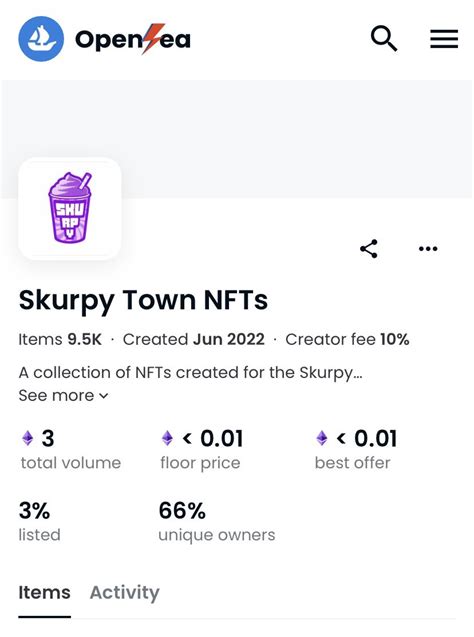Understanding Ethereum’s “Volume” concept and its implications on Bitcoin Price
When it comes to measures the performance of cryptocurrencies like Bitcoin (BTC) or Ethereum, two common metrics are volume and number of trades. However, these two measures often get mixed up in discussions about market dynamics. In this article, we’ll delve into what each metric represents, its differences, and how they impact the price of these cryptocurrencies.
Volume: The Quantity of BTC Exchanged
Volume Refers to the Total Amount of Bitcoin (BTC) Traded Over A Specific Period. It’s essentially the quantity of coins that are being exchanged for or again each other. In other words, measures the “volume” of transactions in the market. A higher volume indicates more activity and potentially greater liquidity.
To illustrate this, let’s consider an example:
Suppose the following trades happen:
Trade 1: 100 BTC @ $ 75
Trade 2: 0.5 BTC @ $ 76
Trade 3: 100 BTC @ $ 77
Trade 4: 100 BTC @ $ 78
Trade 5: 100 BTC @ $ 78
Five individual trades occurred, but the total volume is calculated as follows:
Volume = (1 Trade × $ 75) + (0.5 Trade × $ 76) + (2 Trades × $ 77) + (3 Trades × $ 78) + (4 Trades × $ 78)
= $ 75 + $ 37 + $ 154 + $ 234 + $ 312
= $ 870
In this example, the total volume is approximately 870 units of Bitcoin.
Number of Trades: The Number of Contracts Completed

The number of trades complete referers to the actual number of contracts or positions that have been exchanged. This metric takes into account every single transaction, including small ones like micro-trades and large deals. A higher number of trades indicates more activity in the market.
To put this into perspective:
Trade 1: 100 BTC @ $ 75
Trade 2: 0.5 BTC @ $ 76
Trade 3: 100 BTC @ $ 77
Trade 4: 100 BTC @ $ 78
Trade 5: 100 BTC @ $ 78
The number of trades is calculated as follows:
Number of Trades = 1 Trade + 0.5 Trades + 2 Trades + 3 Trades + 4 Trades
= 8.5 trades
In this example, the total number of trades is approximately 8.5.
Conclusion
While volume and number of trades are both important metrics for understanding market activity, they represent different aspects of a cryptocurrency performance. Volume represents the quantity of transactions, while number of trades measures the actual contracts or positions exchanged.
To illustrate the difference, consider an example:
A trader might be more interested in the price movement (e.g., up or down) Rather than the trading volume or number of trades. If the price increases by 10%, but only a few trades are made during this period (like Trade 1), it’s likely that the market is still volatile and subsceptible to further fluctuations.
Conversely, if the price decreases significantly (e.g., 20% in just one day) due to a large number of trades (8.5 in our example above), it may indicate increased liquidity and support from traders.
In Conclusion, Understanding Both Volume and number of trades is crucial for making informed decisions about buying or selling Bitcoin and Ethereum. By recognizing the differences between these metrics, investors can gain a more comprehensive view of market dynamics and make more effective trading strategies.
Blockchain Revolution Role Landscape
